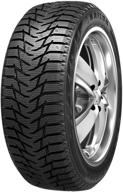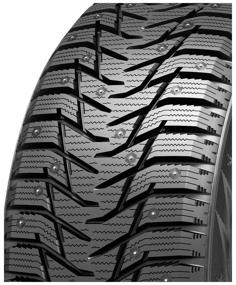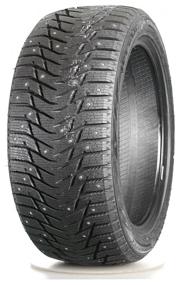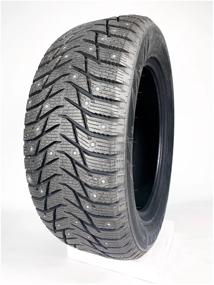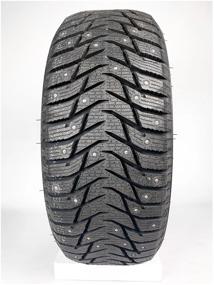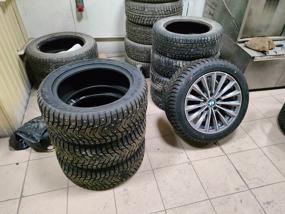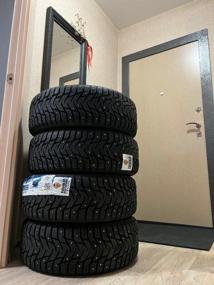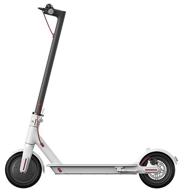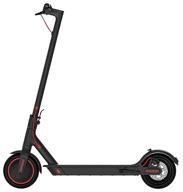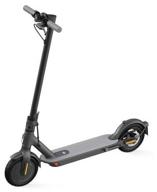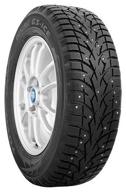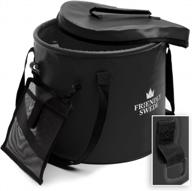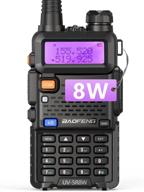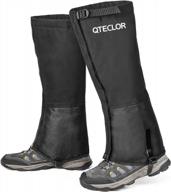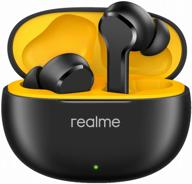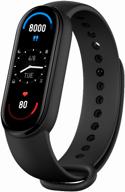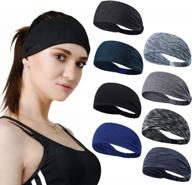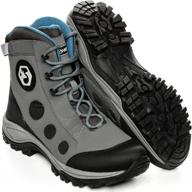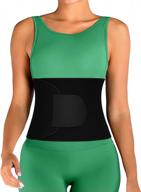Part 2!
Let's talk SAYLUNS now. Attractive because of the low cost (3.100) and favorable ratings. If all popular tire brands, including Goodyear, Michelin, Nokian, and others, were a thousand dollars cheaper, or even one and a half or two, I would buy them. But the economy was sending a different message. At first, I opted for Nokian Nordman 7s, Yokohamas of some sort, and recognizable brands of tires costing around $5.000 per. The total cost of 4 tires troubled me, as I mentioned before. I had already decided to purchase the Viati Brina Nordico, and whatever else was in the name, but I changed my mind after stumbling across a video about sailoons on YouTube. Sauylun VST 1 was the first model I saw, although it was already obsolete. After delving deeper into this manufacturer through online reading and video, I stumbled upon SAILUN VST 3. The tire, now. Review was delayed because testing on icy, snowy roads was impossible. Slush, dry asphalt, and snowy asphalt were all that could be found. Over a thousand miles have been put on them by myself. The protruding parts appear to be complete. The car is very quiet despite the spikes in the road, while there is some noise and a rumble on the asphalt, similar to that of prior Gislaveds (on them, Gislaveds, as if the bearings were humming at all four hubs). They keep it firmly planted on the road even while accelerating straight ahead or making a sharp curve (both of which are prone to skidding when using spikes). Recently there was ice, and it manifested itself clearly; yet, in certain areas, the ice was not very strong; however, when I drove through these areas, I saw no ice at all, not even in turns (where the drift increased somewhat more than on dry asphalt, but was still under control).
carried on in the feedback


